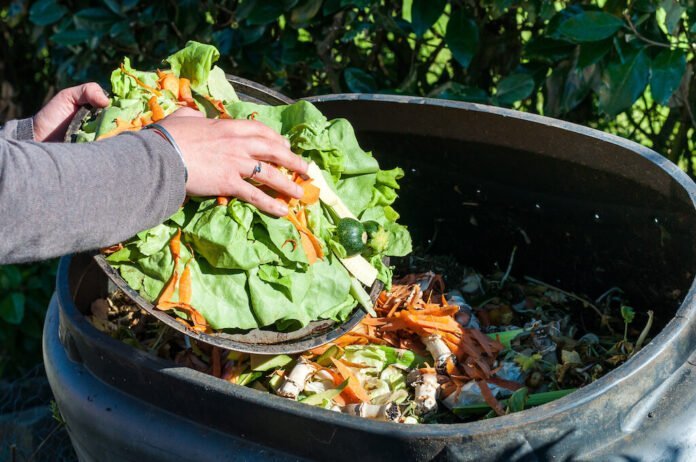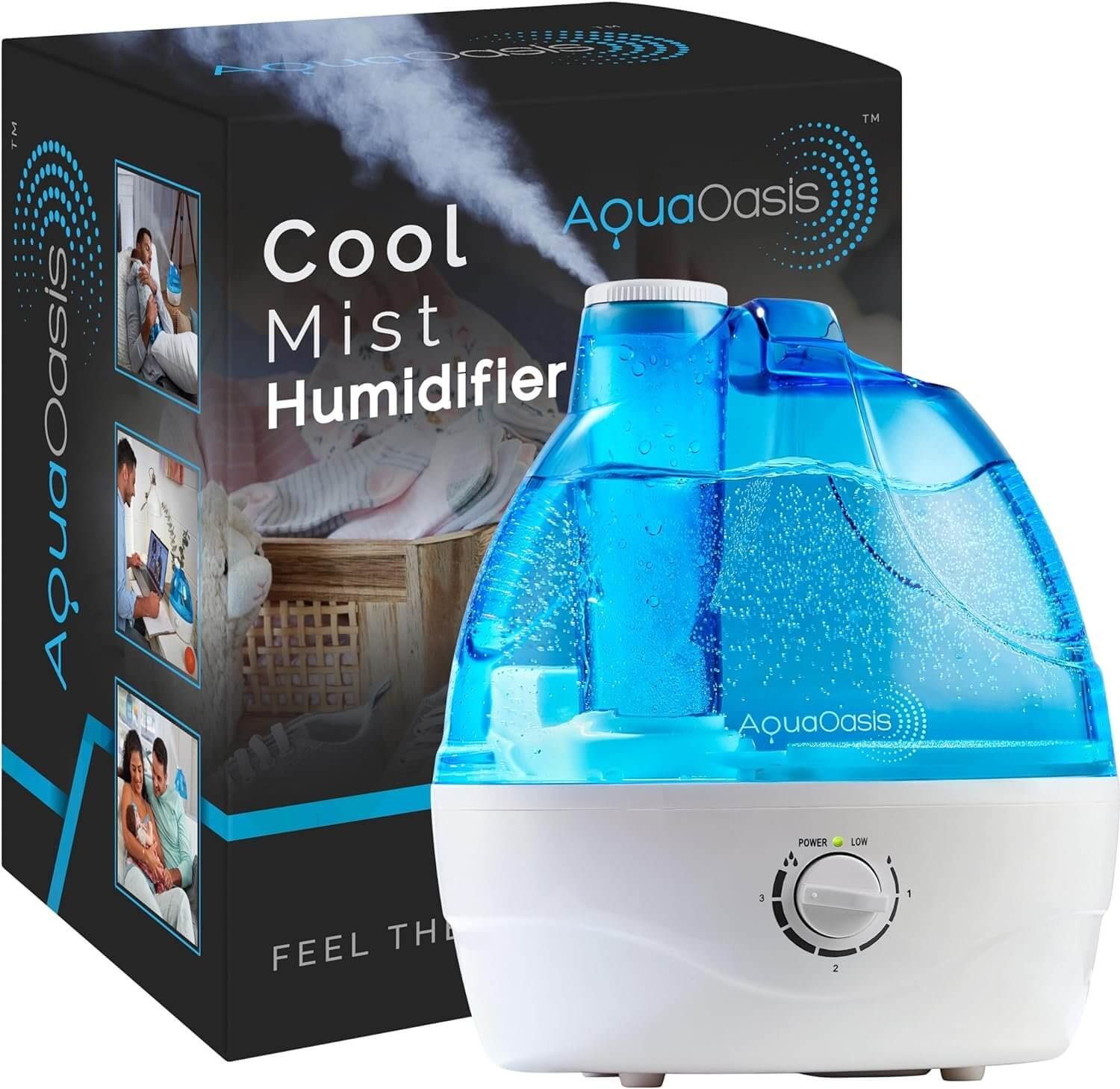Home composting is a great way to reduce your impact on the environment while also creating nutrient-rich soil for your garden. While it may seem daunting at first, composting is actually quite simple once you understand the process. In this article, we’ll go over the basics of composting, how to set up a composting system, what to compost and what to avoid, how to maintain your compost pile or bin, and how to use your finished compost.
What is composting and why is it important?
Composting definition and process
Composting is the process of breaking down organic materials such as food waste and yard trimmings into nutrient-rich soil. This process happens naturally in nature, but by composting at home, we can speed up the process and create high-quality compost for our gardens.
The benefits of composting
The benefits of composting are twofold: reducing waste and creating nutrient-rich soil. By composting at home, we keep organic waste out of landfills, where it would otherwise produce harmful greenhouse gases. Composting also creates a natural fertilizer that can improve the health of our gardens and reduce the need for chemical fertilizers.
How composting helps the environment
Composting at home is an easy way to help the environment. Landfills are one of the largest sources of human-produced methane emissions, which contribute significantly to global warming. By composting, we reduce the amount of organic waste sent to landfills and create nutrient-rich soil that helps to sequester carbon from the atmosphere.
Getting started: setting up your composting system
Choosing the right composting method for your home
Before starting a compost pile or bin, consider the specific needs of your household. Do you have outdoor space for a larger pile, or do you need something smaller to use indoors? What types of organic materials do you have access to? Answering these questions will help you determine the best composting method for your home.
Compost bin vs. compost pile
A compost bin is a contained structure that helps speed up the composting process. It is generally smaller than a compost pile and can be used in both indoor and outdoor spaces. A compost pile, on the other hand, is an uncontained heap of organic materials. While it may not break down as quickly as a compost bin, a compost pile is a great option for those with more outdoor space.
Using a compost tumbler for faster results
A compost tumbler is a great option for those who want to speed up the composting process. It works by rotating the organic materials, which helps to aerate the pile and speed up decomposition. While it may be more expensive than a traditional compost bin or pile, a compost tumbler can produce finished compost in as little as a month.
What to compost and what to avoid
Green and brown materials: balancing nitrogen and carbon
Composting requires a careful balance of nitrogen-rich “green” materials and carbon-rich “brown” materials. Green materials include items like food scraps, grass clippings, and coffee grounds. Brown materials include dry leaves, shredded paper, and wood chips. To speed up the composting process, aim for a roughly equal mix of green and brown materials.
Adding kitchen scraps and food waste to your compost
Kitchen scraps and food waste are great additions to a compost pile or bin. However, it’s important to only add certain items, like fruits and vegetables, and avoid things like meat and dairy that can attract pests and slow down the composting process.
Avoiding composting certain items
While many organic materials can be composted, there are some things that should be avoided. These include items like pet waste, charcoal, and diseased plant material.

Maintaining your compost pile or bin
Turning your compost and aerating it properly
Turning your compost pile or bin regularly helps to aerate it and speed up decomposition. Aim to turn your pile every one to two weeks. If using a compost tumbler, simply rotate it every few days to ensure proper aeration.
How to know when your compost is ready
Your compost is ready to use when it is dark brown and crumbly with an earthy smell. The temperature of the pile should also be similar to the surrounding environment. If you’re unsure if your compost is ready, try adding it to a potted plant or section of your garden to see how your plants respond.
Troubleshooting common composting problems
Common composting problems can include issues like a smelly pile, pests like flies or rodents, or a slow composting process. To avoid these problems, make sure your compost pile has good drainage and turn it regularly to keep it aerated. If pests are an issue, try adding some diatomaceous earth or using a covered compost bin.

Using your finished compost
How to use compost in your garden
Finished compost can be used as a natural fertilizer for your garden. To use it, simply mix the compost into the soil and continue to water your plants as usual. This will help to improve the health of your plants and reduce the need for chemical fertilizers.
Using compost as a natural fertilizer for your plants
Compost can also be used as a natural fertilizer for indoor plants or potted plants. Simply mix a small amount of compost into the soil every few months to help your plants thrive.
Other creative uses for compost
In addition to its use as a natural fertilizer, compost can also be used for other purposes. Use the finished compost to create a nutrient-rich soil for a community garden or donate it to a local farm. Compost can also be used as a natural pest repellent for plants.
Starting a compost pile or bin at home is a great way to reduce your impact on the environment while also creating nutrient-rich soil for your garden. With the right materials and a little maintenance, you can have a healthy compost pile in no time.
Frequently Asked Questions: How to Start Composting at Home
Q: What is a compost bin?
A: A compost bin is a container or enclosure that holds the composting materials together.
Q: What is worm composting?
A: Worm composting is a composting method that uses worms to decompose kitchen scraps and other organic materials.
Q: What are the benefits of composting?
A: Composting benefits the environment by reducing landfill waste and greenhouse gas emissions. It also creates nutrient-rich soil for gardening and landscaping.
Q: How do I start composting at home?
A: To start composting at home, you will need a compost bin or pile, a mix of brown and green materials, and a space for composting.
Q: What are brown materials in composting?
A: Brown materials in composting are dry or woody materials such as leaves, twigs, and shredded paper.
Q: What is a compost tumbler?
A: A compost tumbler is a container that rotates, making it easier to turn the compost and aerate it.
Q: How do I make compost?
A: To make compost, you need to layer brown and green materials in your compost bin, turn the compost regularly, and make sure there’s enough moisture and air in the pile.
Q: What are green and brown materials in composting?
A: Green materials in composting are fresh or moist materials such as kitchen scraps and grass clippings. Brown materials in composting are dry or woody materials such as leaves, twigs, and shredded paper.
Q: What is cold composting?
A: Cold composting is a composting method where you simply add composting materials to your compost bin or pile and let it decompose naturally over time.
Q: What are some ways to compost indoors?
A: You can compost indoors using a worm bin or a bokashi composting system, which uses beneficial microbes to break down food waste.

